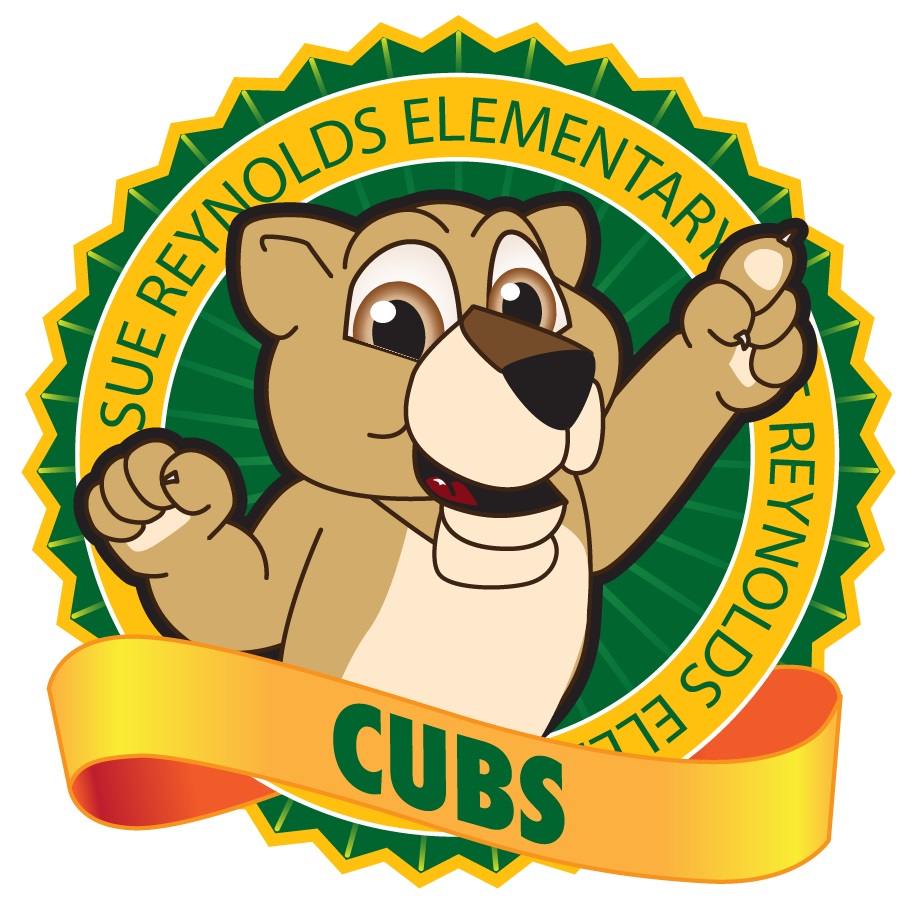Activism, Racism, and Equity: Books and Resources for talking about these important topics with kids
It can be hard to know where to start when talking about important topics like racism, equity, and activism with our kids. This can be even harder when they see things in the media that you weren't ready for them to see yet! However, research shows that talking with kids bout these topics in an age-appropriate way is extremely important in the development of their worldviews. Here are a few books (and online articles and videos) that can help start those conversations:

Let's Talk About Race by Julius Lester
This book encourages kids (and adults!) to think about what makes them, well, them. The author explains that race is an important identity, but is not the only identity that individuals hold. He emphasizes that under our skin, we all look the same. As adults, we know that it isn't that simple. There are many societal and historical factors that impact bias and racial inequity. However, this book does a great job of advocating for people to get to know others based on their whole story.
Online Read Aloud
Purchase
Followup activity/discussion ideas:
1. Have your child write, draw, or describe their story. What identities are important to them? Do they include race? Religion? Hair color? Favorite sport? Talk with them about what they picked and why.
2. Share your story with your child. Tell them what's important to you, how you learned about certain things, or share favorite memories that have made you the person you are today.
3. Have your child interview a family member or friend.

Courageous People Who Changed the World by Heidi Poelman
In this book, kids learn about many historical figures who stood up for what they knew was right, even when it was hard. These stories are a great way to show kids that people can make a difference in creating change and making the world a better place.
Online Read Aloud
Purchase
Followup activity/discussion ideas:
1. Have your child pick a person from the book that they look up to. Discuss with them why this person is a role model/leader, and what they can do to be a role model for others.
2. Ask your child to identify a courageous person in their life. Have them draw a picture of this person, and tell their story of how they've impacted the world.
3. Have your child draw or write about a time that they showed courage. Discuss this experience, asking how it felt before and after they found the courage to do it!

A Kids Book about Racism by Jelani Memory
This book does a great job of defining racism for kids. The author explains that racism can occur in "big ways" (systemically, explicit bias, etc.), or in "small ways" (everyday actions, comments, microaggressions, etc.). He also emphasizes how differences make us better. This book doesn't go into much detail, but is a great place to start talking about this topic.
Online Read Aloud
Purchase
Followup activity/discussion ideas:
1. Have a discussion about what you read in the book. Give your child the opportunity to ask questions. Relate the book to what they've seen in the news.
2. Brainstorm ways you can help fight racism. This might be standing up for kids on the playground, saving up money to donate to a community organization, or writing a letter to your representatives!

Click Clack Moo: Cows that Type by Doreen Cronin
This book tells a silly story of cows who can use a typewriter, but does a great job of introducing activism. The cows are cold at night and would like electric blankets - so they type a letter to the farmer! This story does a great job of showing just how effective it can be to take action.
Online Read Aloud
Purchase
Followup activity/discussion ideas:
1. Ask your child to think of a time that they needed help, wanted something, etc. and how it felt to ask for it. How did they communicate this want/need? What about if they didn't get it right away? Then relate this (and the book) to protests and activism happening in the news!

Enough! 20 Protesters Who Changed America by Emily Easton
This book tells the stories of protesters and how their efforts have impacted social issues. This book shows that protesting can take lots of different forms, and gives examples of the power of hope and action.
Purchase
Followup activity/discussion ideas:
1. Ask your child what they'd protest for - this could be issues discussed in the book, or they might have their own!
2. Brainstorm ways that you can support activism. There are lots of ways to do this beyond joining a local march: providing bottled water for marchers, making a sign, donating to a local cause, writing your local representatives, the list goes on!
For more books about social justice, activism, and diversity, check out https://socialjusticebooks.org/booklists/
Here are a few articles with helpful tips:
-Talking to Kids about Racial Violence, by Haig Chahinian
-Talking to Kids about Racial Stereotypes – Tip Sheet, Media Smarts
-Talking to Kids About Racism and Justice: a list for parents, caregivers & educators from the Oakland Public Library
-Talking to kids about discrimination, American Psychological Association
-Your 5-year-old is already racially biased. Here’s what you can do about it by Andrew Grant-Thomas
CNN and Sesame Street teamed up for a town hall for kids and families to learn about racism and the current protests. See the full town hall here for interviews, tips, and additional video clips.



